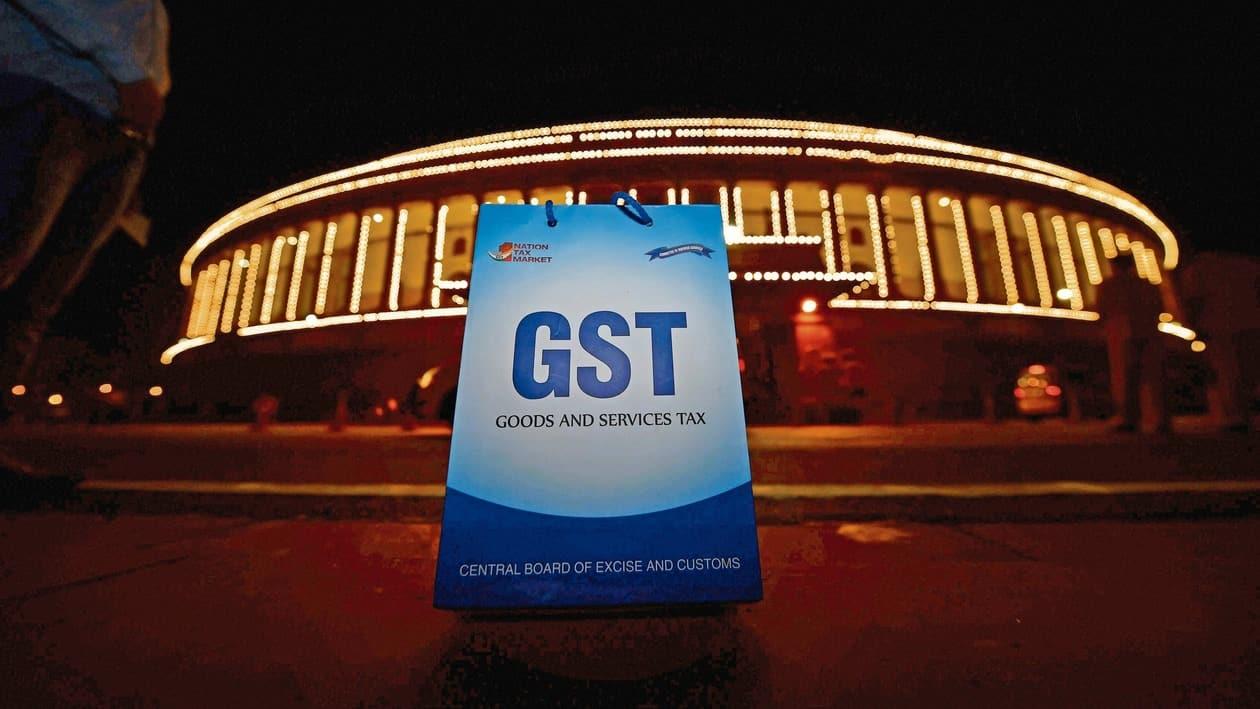The GST Council is likely to do away with the 5 percent slab by moving some goods of mass consumption to 3 percent and the remaining to 8 percent categories, according to news agency PTI.
With most states on board to raise revenue so that they do not have to depend on Centre for compensation, the GST Council at its meeting next month is likely to consider a proposal to do away with the 5 per cent slab by moving some goods of mass consumption to 3 percent and the remaining to 8 percent categories, PTI reported quoting sources.
In order to augment revenue, the Council may decide to prune the list of exempt items by moving some of the non-food items to 3 percent slab. Sources said that discussions are on to raise the 5 percent slab to either 7 or 8 or 9 percent, a final call will be taken by the GST Council which comprises finance ministers of both Centre and states, the report further added.
Currently, GST is a four-tier structure of 5, 12, 18 and 28 percent. Moreover, gold and gold jewellery attract 3 percent tax. There is also an exempt list of items like unbranded and unpacked food items which do not attract GST.
The report highlighted that under GST, essential items are either exempted or taxed at the lowest rate while luxury and demerit items attract the highest tax. Luxury and sin goods also attract cess on top of the highest 28 per cent slab. This cess collection is used to compensate states for the revenue loss due to GST roll out.
At the time of GST implementation on July 1, 2017, the Centre had agreed to compensate states for five years till June 2022 and protect their revenue at 14 percent per annum over the base year revenue of 2015-16. With the GST compensation regime coming to an end in June, it is imperative that states become self-sufficient and not depend on the Centre for bridging the revenue gap in GST collection, PTI reported.
The Council had last year set up a panel of state ministers, headed by Karnataka Chief Minister Basavaraj Bommai, to suggest ways to augment revenue by rationalising tax rates and correcting anomalies in the tax structure.
The GST Council, which comprises finance ministers of both Centre and states, is likely to meet mid-May for a final decision on rates and changing slabs.
GST revenue collections in March came in at ₹1.42 lakh crore, the highest since the indirect tax reform was rolled out in July 2017. GST collections have been above ₹1 lakh crore mark every month since July 2021.
